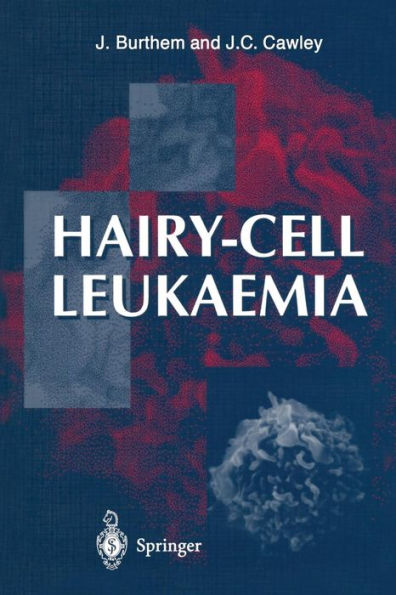5
1
9781447112563


Hairy-cell Leukaemia / Edition 1 available in Paperback

Hairy-cell Leukaemia / Edition 1
- ISBN-10:
- 1447112563
- ISBN-13:
- 9781447112563
- Pub. Date:
- 10/06/2011
- Publisher:
- Springer London
- ISBN-10:
- 1447112563
- ISBN-13:
- 9781447112563
- Pub. Date:
- 10/06/2011
- Publisher:
- Springer London
54.99
In Stock

Product Details
| ISBN-13: | 9781447112563 |
|---|---|
| Publisher: | Springer London |
| Publication date: | 10/06/2011 |
| Edition description: | Softcover reprint of the original 1st ed. 1996 |
| Pages: | 111 |
| Product dimensions: | 6.10(w) x 9.25(h) x 0.01(d) |
From the B&N Reads Blog
